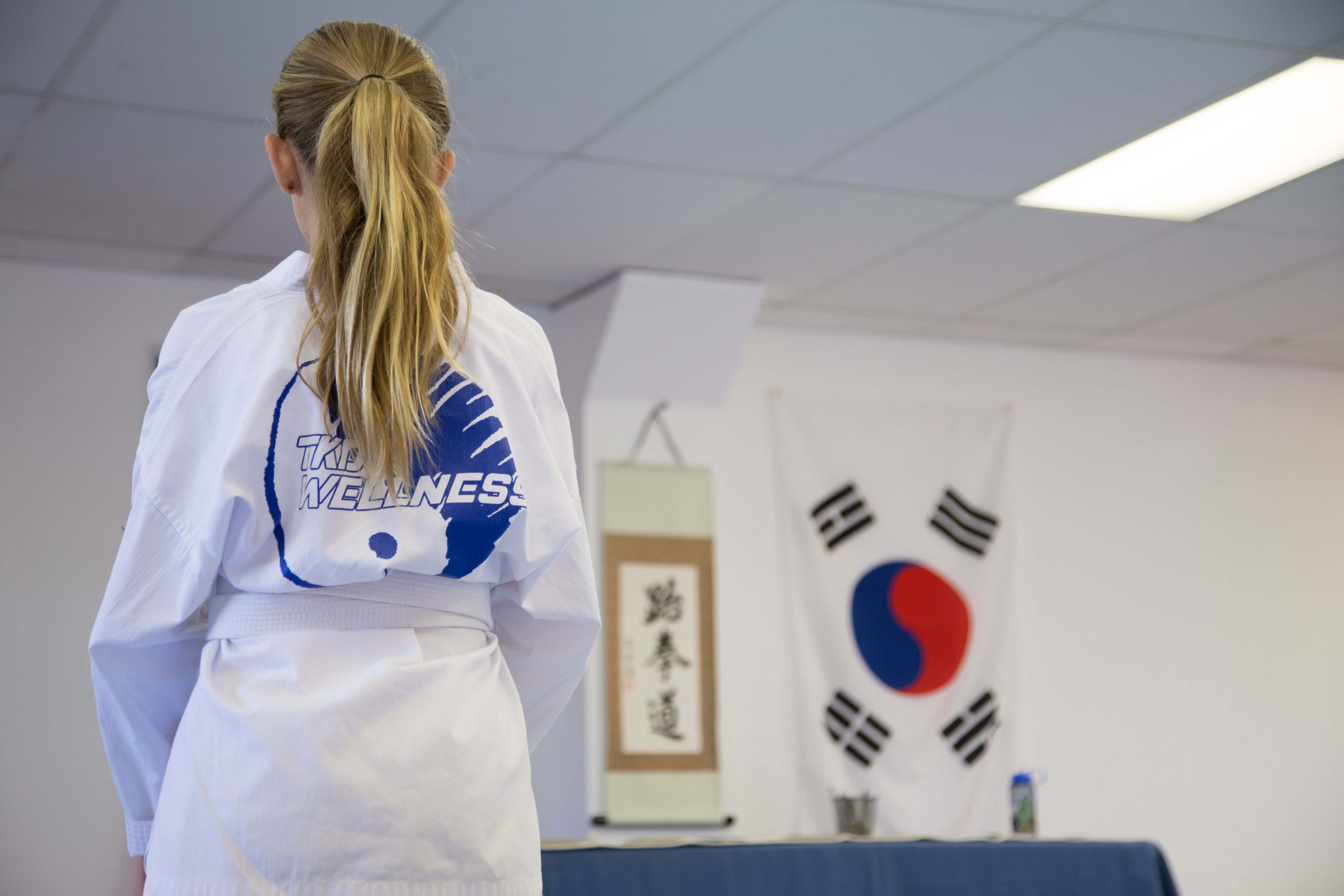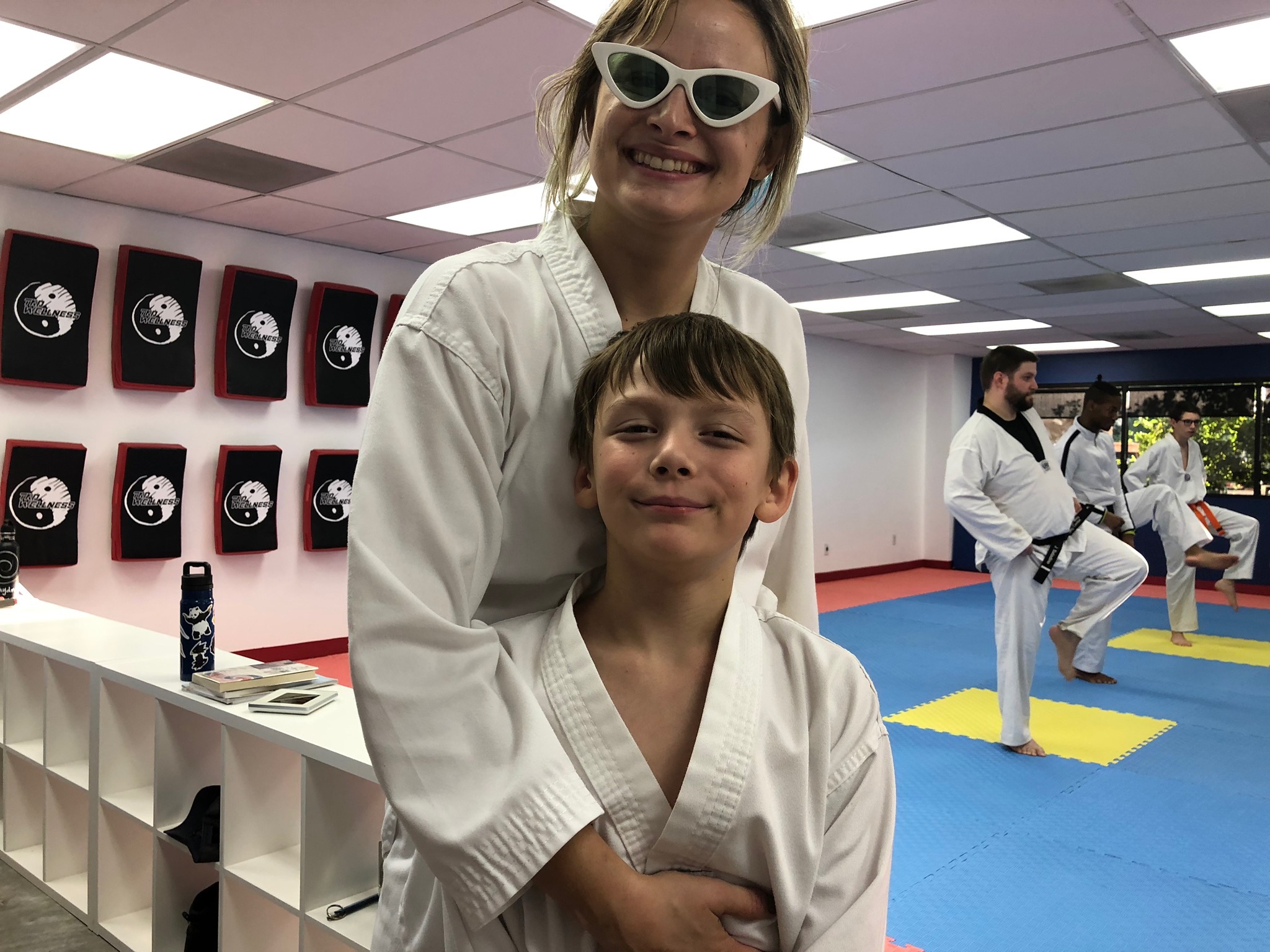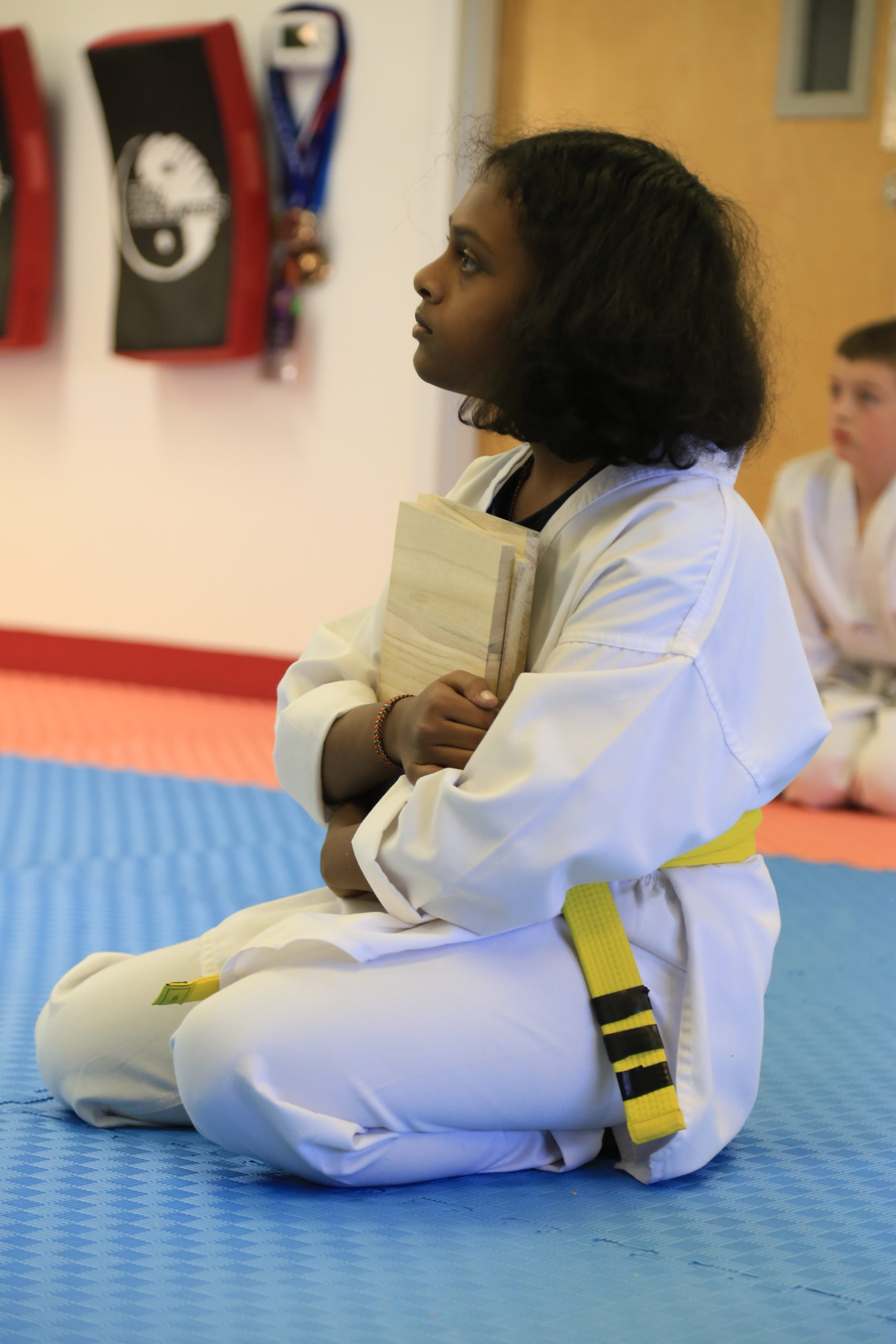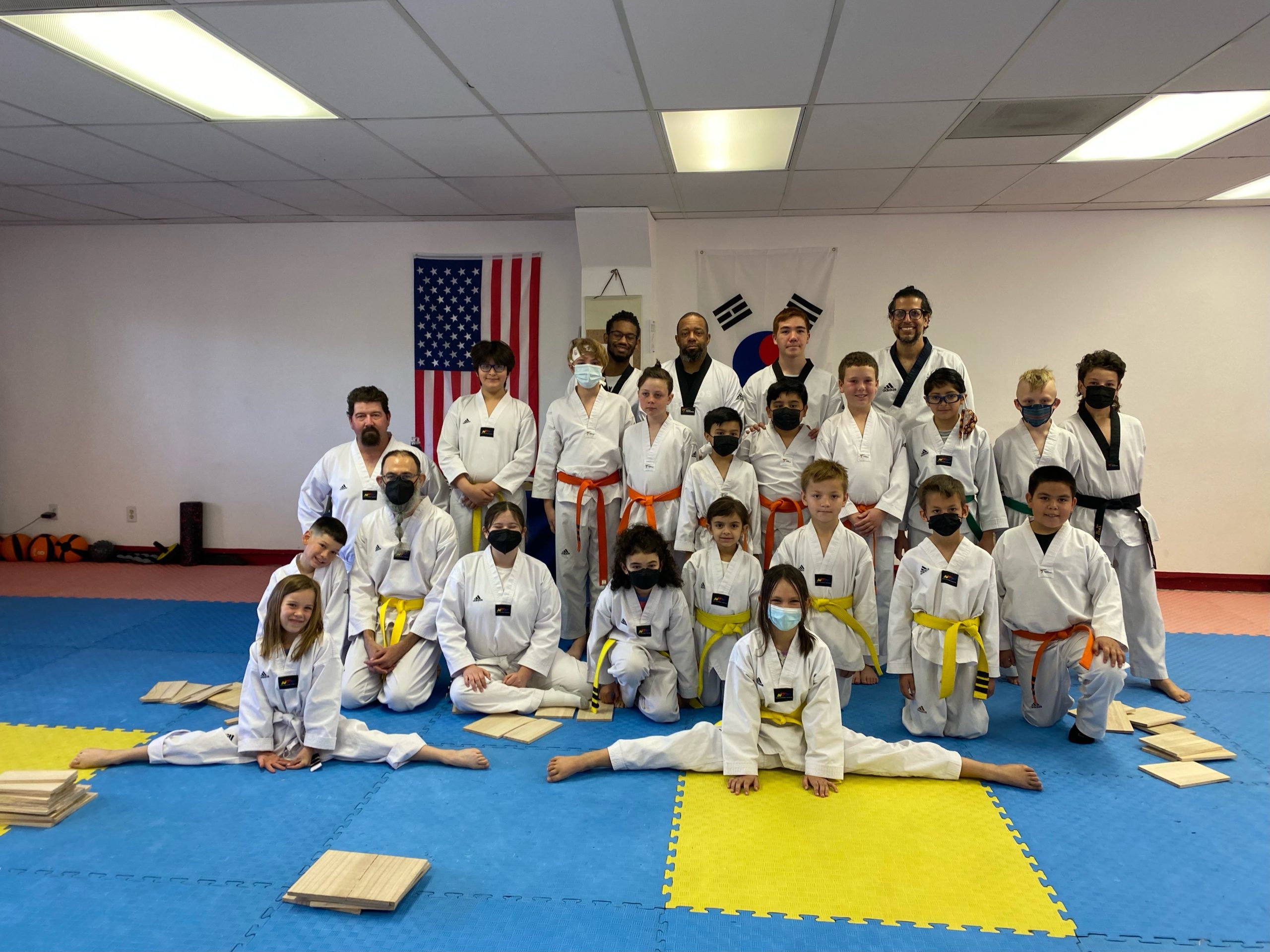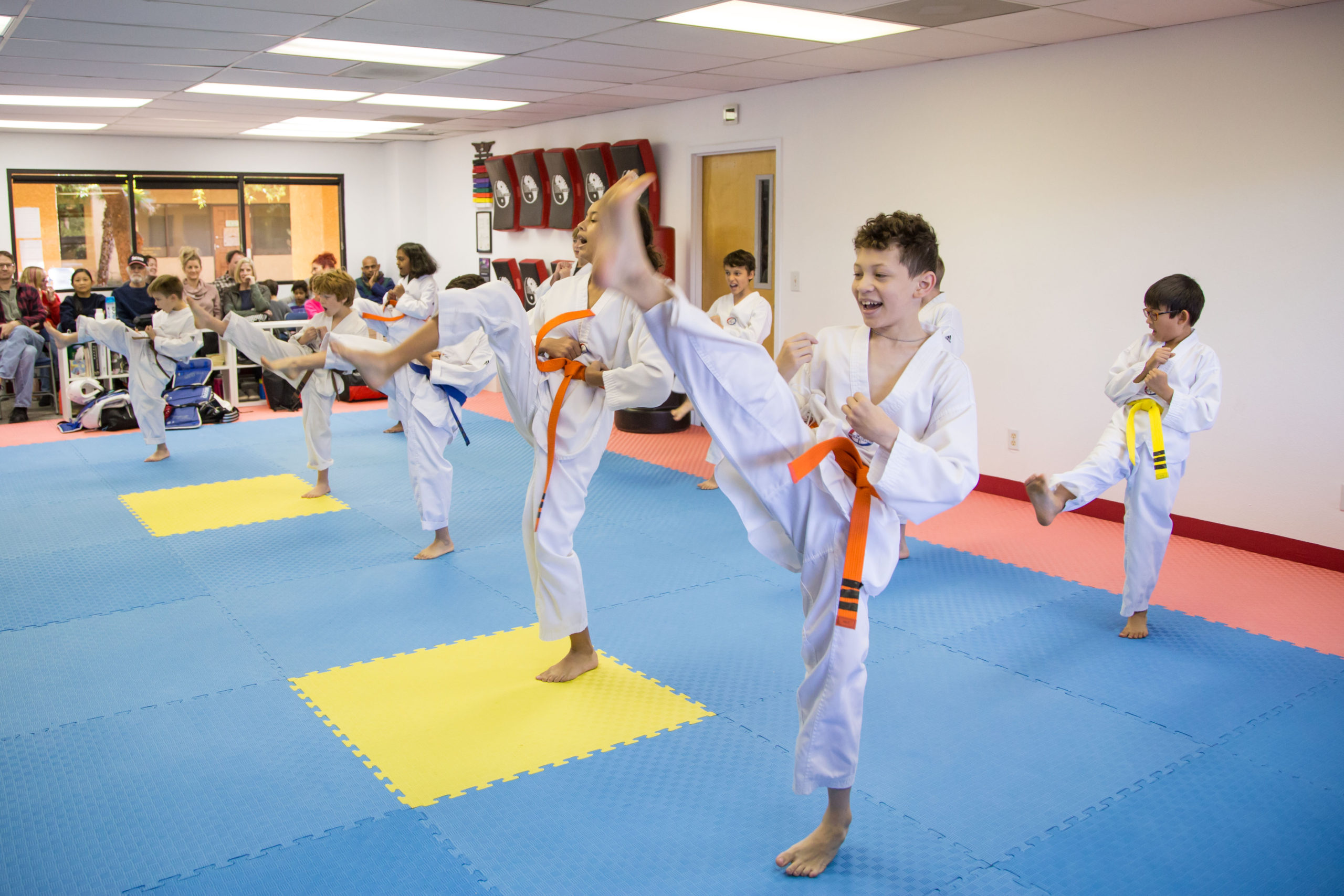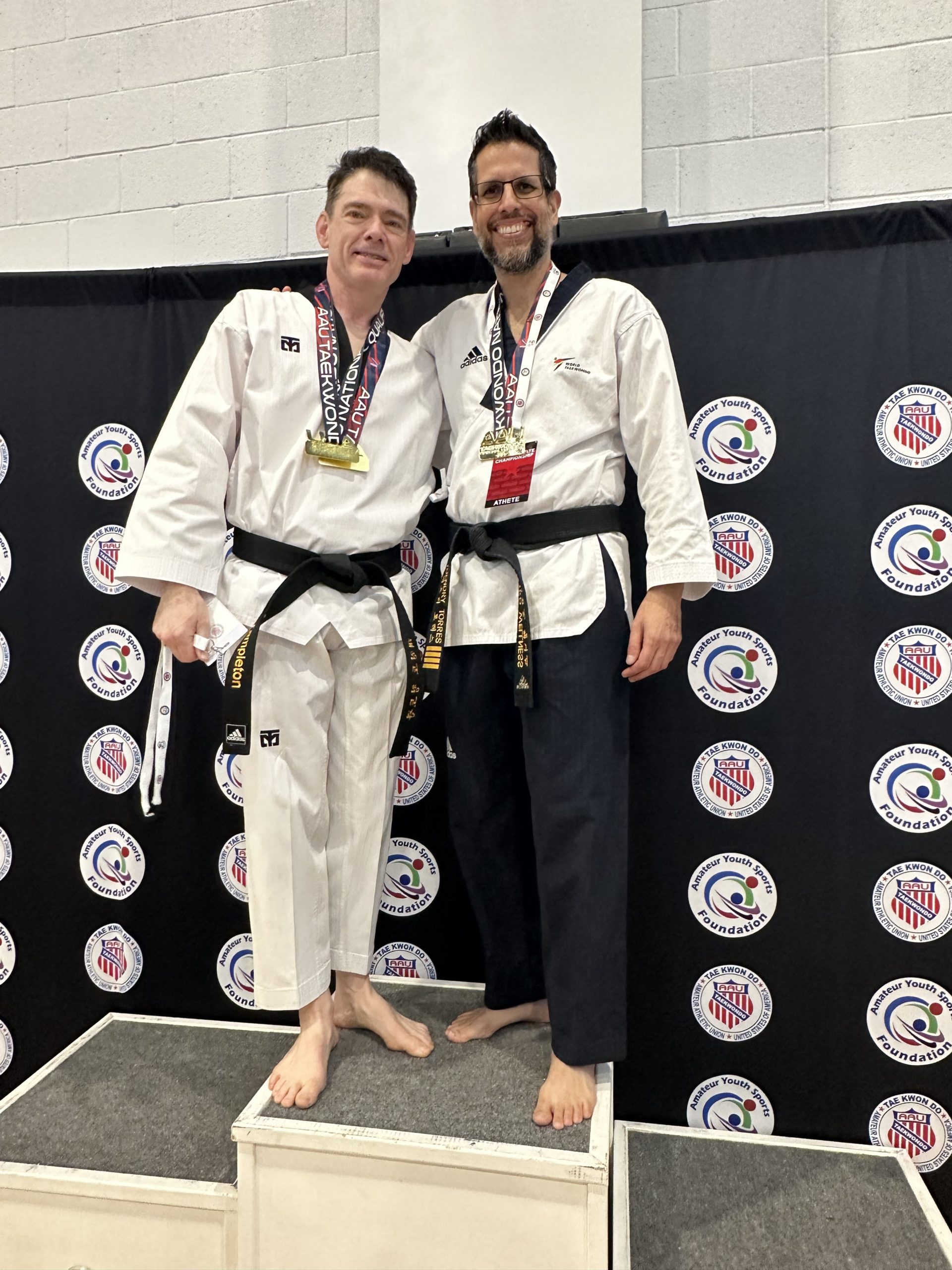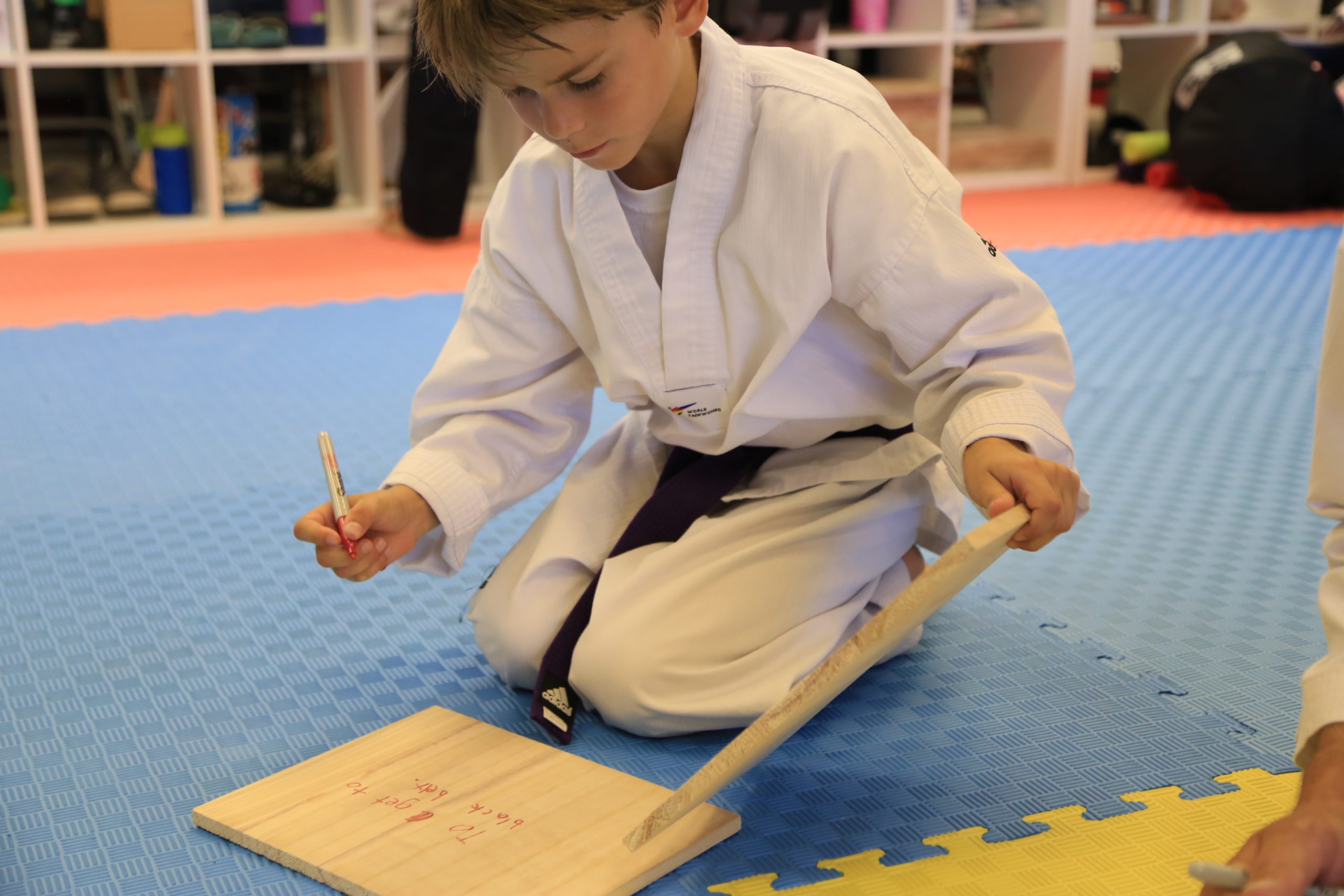
In today’s fast-paced world, finding activities that are both enriching and engaging for children with Attention Deficit Hyperactivity Disorder (ADHD) can be challenging. While there are many therapeutic and educational interventions available, one often-overlooked solution is martial arts. Beyond its roots in self-defense, martial arts offer a multitude of benefits, particularly for children with ADHD. In this article, we will explore how martial arts training can support children with ADHD, providing them with valuable skills that extend far beyond the dojo.
Understanding ADHD in Children
ADHD is a neurodevelopmental disorder characterized by symptoms such as:
- Impulsivity: Acting without considering the consequences.
- Hyperactivity: Excessive energy and difficulty sitting still.
- Inattention: Trouble focusing or sustaining attention on tasks.
These symptoms can impact a child’s academic performance, social relationships, and overall daily functioning. Parenting a child with ADHD often involves finding a balance between structure and flexibility, as children with ADHD thrive in environments that cater to their strengths while providing clear expectations.
How Martial Arts Helps Children with ADHD
Martial arts create a structured yet adaptable environment that encourages discipline, focus, and personal growth. Here are some of the key benefits:
1. Improved Focus and Concentration
Martial arts classes are designed with systematic routines that help children focus on one task at a time.
- Structured Routines: The repetitive nature of warm-ups, drills, and forms provides a predictable and organized environment, supporting children in developing focus.
- Attention to Detail: Learning forms (poomsae or katas) requires precise movements and mental focus, helping children improve their ability to concentrate.
2. Physical Exercise and Hyperactivity Reduction
Martial arts are a physical outlet for children with ADHD, helping them manage their energy constructively.
- Energy Outlet: Techniques like kicking, punching, and sparring provide a productive way to channel excess energy.
- Endorphin Release: Regular exercise increases endorphin levels, promoting better mood and reducing anxiety or depression that often accompanies ADHD.
3. Enhanced Self-Discipline and Self-Control
Martial arts emphasize rules, respect, and accountability, which are essential for managing ADHD symptoms.
- Rule-Based Learning: Children are taught to follow instructions and respect their instructors and peers, enhancing their ability to control impulses.
- Consequence Awareness: Through martial arts, children learn that actions have consequences, teaching them responsibility and reinforcing positive behaviors.
4. Boosted Self-Esteem and Confidence
Martial arts help children develop a positive self-image by celebrating their achievements.
- Achievement through Progression: Advancing through belt levels provides a tangible sense of accomplishment, boosting confidence and self-worth.
- Supportive Community: The camaraderie in martial arts classes fosters a sense of belonging and acceptance.
5. Development of Coordination and Motor Skills
Children with ADHD often face challenges with motor skills, which martial arts can help improve.
- Refined Motor Skills: Techniques and movements in martial arts enhance coordination, balance, and flexibility.
- Spatial Awareness: Training improves a child’s understanding of physical boundaries and spatial orientation.
6. Improved Social Skills and Peer Relationships
Martial arts offer structured opportunities to interact with peers, building social skills in a positive environment.
- Teamwork: Many activities involve working in pairs or groups, encouraging cooperation and collaboration.
- Respectful Interaction: Martial arts principles teach empathy and respect for others, improving interpersonal relationships.
7. Reduction in Stress and Anxiety
The mindful and physical aspects of martial arts help children regulate their emotions and reduce stress.
- Mind-Body Connection: Techniques such as controlled breathing and meditation teach children how to calm their minds and manage anxiety.
- Safe Environment: Martial arts classes provide a supportive space where children can express themselves without fear of judgment.
Choosing the Right Martial Art
Selecting the best martial art for your child is essential to maximizing the benefits. Popular options include:
- Karate: Focuses on strong striking techniques and discipline, making it excellent for improving focus and self-control.
- Taekwondo: Known for its dynamic kicks and high-energy routines, ideal for channeling hyperactivity and improving coordination.
- Judo: Emphasizes grappling and throws, helping children develop strength, balance, and problem-solving skills.
- Brazilian Jiu-Jitsu (BJJ): Ground-based techniques and strategy foster patience and concentration.
- Kung Fu: Combines fluid movements with mental focus, providing a holistic approach to ADHD management.
When choosing a martial art, consider your child’s personality, interests, and physical needs. Visiting local schools and observing classes can help determine the best fit.
Tips for Parents
As a parent, you play a vital role in supporting your child’s martial arts journey. Here are some tips:
- Encourage Consistency: Regular attendance is key to building skills and seeing progress.
- Celebrate Achievements: Acknowledge milestones, such as learning a new technique or earning a belt, to boost your child’s confidence.
- Communicate with Instructors: Share insights about your child’s needs to ensure the instructor can tailor their approach effectively.
Long-Term Benefits of Martial Arts for ADHD
The skills children with ADHD develop through martial arts extend far beyond the training mat:
- Improved Academic Performance: Enhanced focus and discipline can lead to better grades and classroom behavior.
- Better Relationships: Respect, empathy, and teamwork skills improve interactions with peers and family.
- Increased Independence: Confidence and self-discipline help children take responsibility for their actions and decisions.
Conclusion
Martial arts offer a unique and effective way to support children with ADHD. By providing a structured environment, fostering discipline, and encouraging personal growth, martial arts help children develop skills that positively impact all areas of their lives. Whether it’s improving focus, building confidence, or enhancing social skills, martial arts can be a transformative experience for kids with ADHD.
Consider enrolling your child in a local martial arts program and watch as they thrive both inside and outside the dojo.
Written by AI & Reviewed by Clinical Psychologist and Head Coach: Yoendry Torres, Psy.D.
Disclaimer: Please note that some blog posts may contain affiliate links and TKD Wellness will earn a commission if you purchase through those links at no additional cost to you. We use all of the products listed and recommend them because they are companies or products that I have found helpful and trustworthy. Our website is supported by our users.





